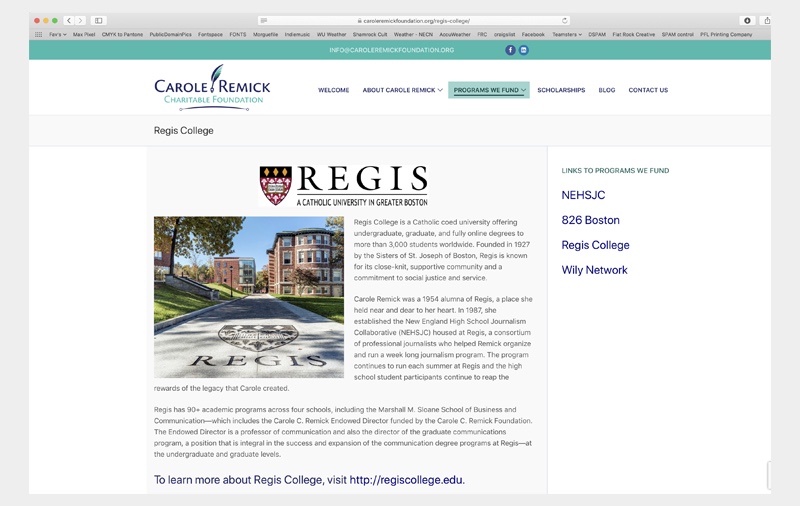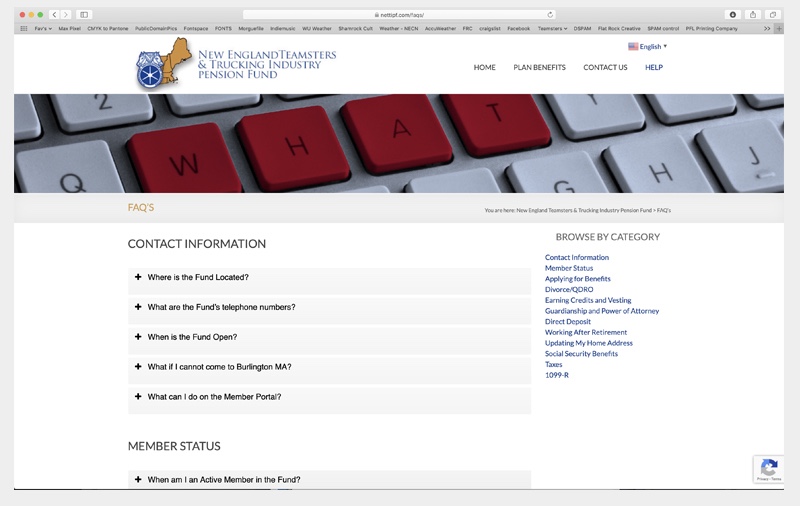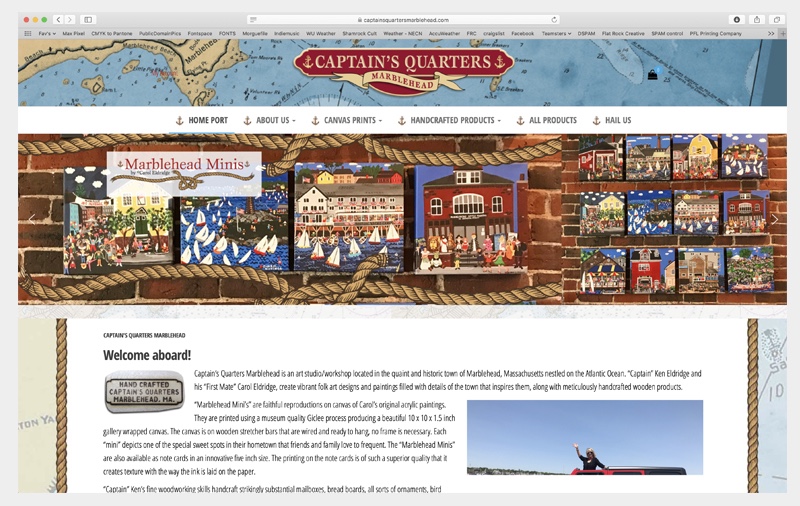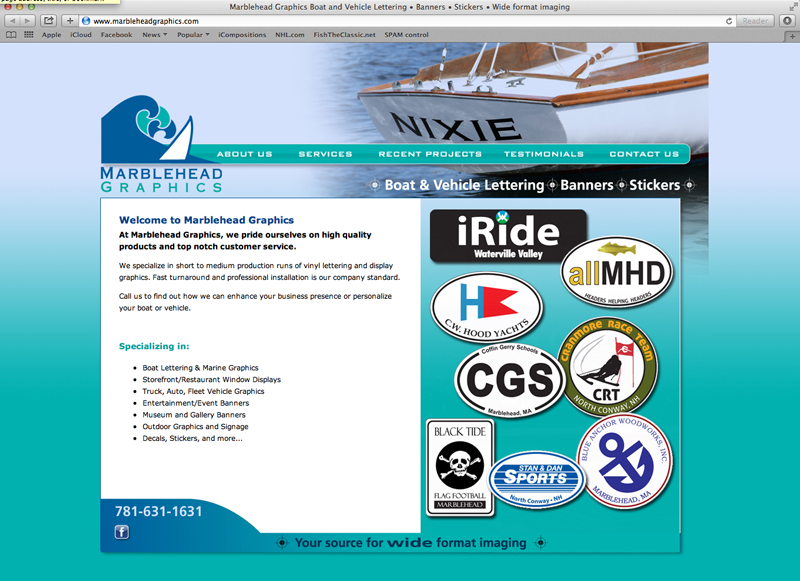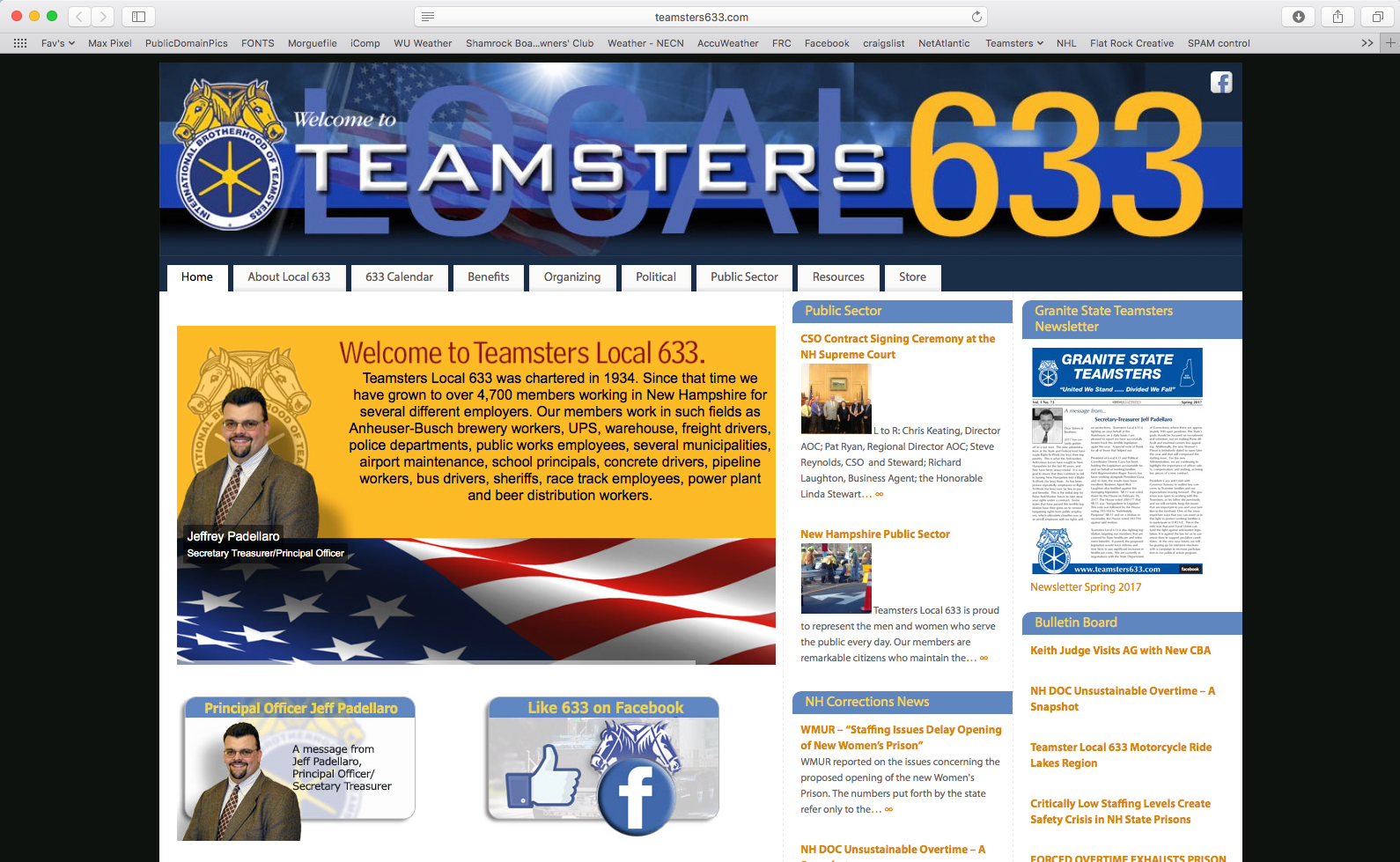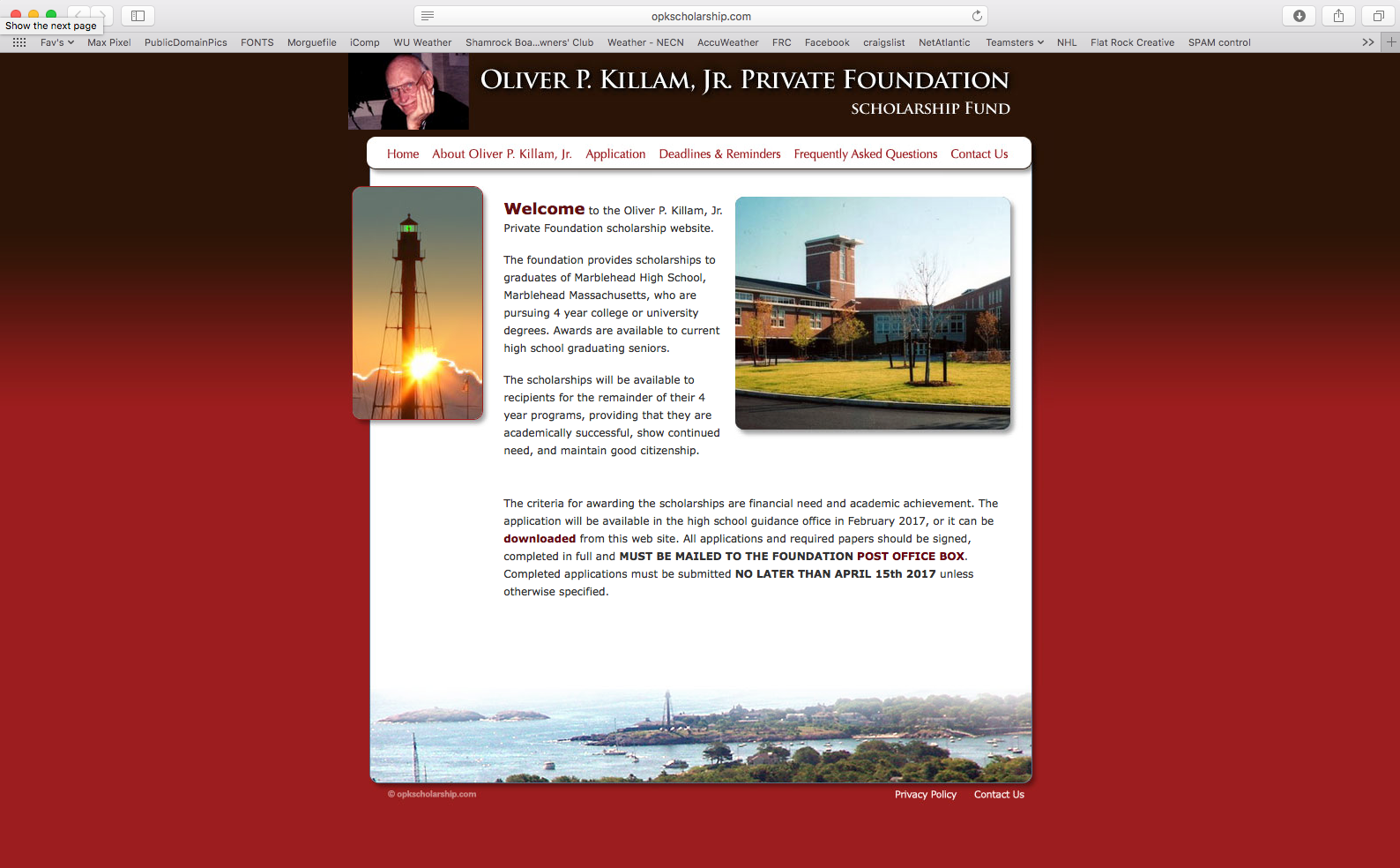Web


More and more people are using their mobile phones and devices to score goods and services on the internet. Flat Rock Creative can help you keep up with those folks so you don't miss out on a sale.
Combining traditional design and new media technology with solid experience in marketing communications, we will help you create a strong presence on the internet. Flat Rock Creative takes an informed approach to the web planning process. Substance with style.
In designing a website for a client, Flat Rock employs a three-phase approach to our design method.
Briefing, Analysis, Schematic and Concept Phase
Developing a concept usually involves a brainstorming session. Flat Rock Creative will work with you to determine what information will be published online by helping you decide on appropriate content and graphics. We will review existing collateral and your current marketing plan to decide what information should be included in your website as well as determine what information you would like to gather from your web visitors in response. The web is a two-way medium, and the ease of retrieving data offers unique opportunities for your organization.
To help facilitate the flow of ideas in a brainstorming session you may want to tour the web. While viewing other sites, decide what qualities attract your attention. Consider what existing information you may wish to make available on your website. This may include brochures, annual reports, press releases, newsletters, marketing materials, questionnaires, member support, product/service information, and bulletin boards. Taking these steps prior to meeting with Flat Rock Creative will help to focus on the most important aspects of the website from the start of the process.
A schematic prototype will be developed, this will include a rough diagram of desired web pages and navigational planning. A schematic prototype consists of web pages with easy to read copy and minimal graphics. It is likely that web visitors will do more scanning and glancing than reading from left to right, the team’s writer/editor should refine the content to contain only essential information conveyed in “keywords”. Navigational planning adds substance to your site’s architecture. Designing clear connections between pages differentiates a poorly structured website from an effective one. This schematic prototype will be used to get the client’s approval before moving onto the next phase.
It is important to continually review how your information is presented. Before the final graphic design process begins , the team will review the site architecture to be sure web visitors understand where they are at all times, know how they got there, understand the “destinations” and “topics” built into a site, and know they can return to the “homepage”.
Graphic Design and Layout Phase
During the second phase, the development team regularly reviews the design direction. The design cycle is an interactive process, we make your site available on our server using a password access so you can view the work in progress. Decisions regarding color, texture, typography, copywriting, and images or photography are also made during this phase. Flat Rock Creative is committed to keeping pace with current trends and new advances in interactive technology. We strive to create a unique site that becomes an integral part of your marketing communications plan.
Production Phase
This phase involves the actual production of the website. As the website is developed, any revisions or changes will be made at this time. Before delivering the final product, Flat Rock Creative will assure that all pages are checked for syntax and link errors. Upon completion of the website we will work with you and your web server to put your site online successfully. Following that, we will show you methods for announcing your site and adding it to search databases world wide.
Developing a strategy for maintenance and administration is essential, as a website continues to evolve even after it goes online. Flat Rock Creative can maintain your website once the initial production phase is complete. We can also consult with you on how to set up and maintain the site yourself. Factors to consider while developing a maintenance strategy should include cost, relative knowledge of the media, an understanding of t he latest developments in html, and an ability to sustain the integrity of the design and infrastructure.


